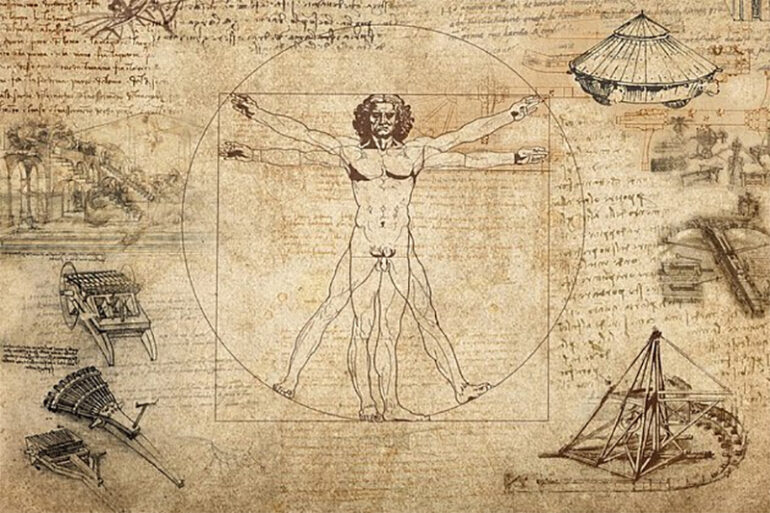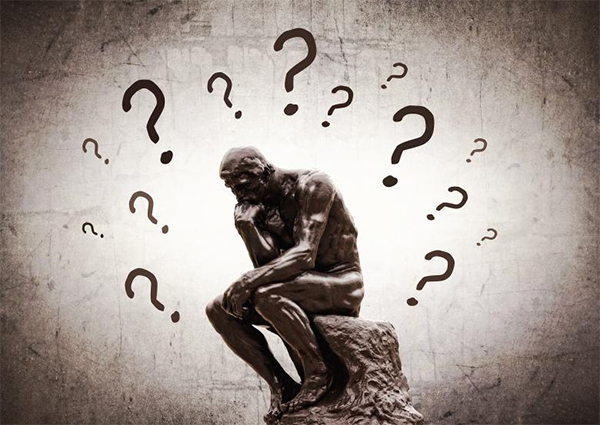Would you rather be ingenious and depressed or ignorant yet in bliss?
Scientists have shown that political leaders and creative geniuses have far greater rates of mental illness than the average population. However, it has always been a question of whether creative minds are predisposed to mental illness and how their disorders have contributed to their success and brilliant ideas.
Famous Historical Figures with Suspected Mental Illness
Ludwig Van Beethoven has Bipolar Disorder. Alcohol had been the composer’s self-medicated solution until he died in 1827. Many of his most acclaimed compositions were composed when he had an episode. When he suffered from manic episodes, Beethoven would write many pieces at once.
Isaac Newton is suspected of having bipolar and schizophrenia. Newton is one the most brilliant minds in history, having contributions to calculus, the discovery of gravity, and constructing telescopes. The extreme fluctuations in Newton’s mood indicated bipolar illness and psychosis. Some medical historians believe his propensity for penning letters full of irrational beliefs implies schizophrenia.
Edvard Munch has extreme anxiety. The most well-known panic attack ever recorded happened in January 1892 in Olso. He was famous for “The Scream” painting, where he also wrote a poem to metaphorically describe his experience.
Leonardo da Vinci has ADHD. He is a well-known polymath– a great inventor and painter. Da Vinci was years ahead of his time, but he also had problems with mental illness and other issues that plagued his daily life. In fact, many of his works were unfinished due to his ADHD.
Winston Churchill also has bipolar. Churchill was a brilliant leader who conquered Britain’s rivals in WW2. However, he also had an enormous dilemma that he had to deal with himself. In fact, he had suicidal thoughts while sitting at the Parliament Building.
Creativity in Psychopathology
Humans’ cultural advancement may be traced back to their exceptional capacity for creativity, which manifests itself in original ideas, goals, and outcomes. The ability to generate novel combinations is a hallmark of the creative mind and one of humanity’s most prized traits. The importance of creativity in modern life is widely acknowledged in all parts of the world. Even while creativity has garnered attention throughout the years, no consensus has formed on defining or evaluating it.
Several symptoms of manic episodes indicate intense creative activity. Patients with manic episodes are less likely to sleep and have rapid thinking — frequently, finding themselves in deep contemplation. These traits frequently occur in creative people, especially famous historical figures.
Moreover, people with mood disorders may naturally seek solace in creative expression to cope with or recover from their condition. The creative process encourages chaotic behavior on the artists’ part.
Expressing oneself through art is increasingly recommended for patients since it provides a healthy outlet for their pent-up creative energy. Writing about traumatic experiences from one’s past five has temporarily improved one’s immune function.
Impulsive, nonconformist, and unusually perceptive people rate their ingenuity more than others. While this similarity doesn’t prove that mental illness inspires original thought, it supports the idea that creative people’s brains may be comparable to those with mental illnesses.
Photo Attribution:
1st and featured image by https://www.bigdealmedia.com/resources/uploads/newsletters/k-12_technology/k_12_entries/2019/05-01-19/da_vinci_activities_art_science.jpg
2nd image by https://www.stockvault.net/data/2015/11/09/180998/preview16.jpg

